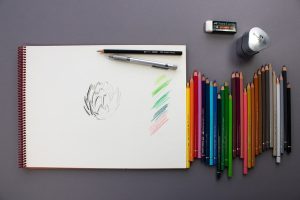Visual communication is a powerful tool in graphic design for product differentiation, message conveyance, and emotional evocation on crowded shelves. Skilled designers leverage layout, color theory, typography, and branding elements to create visually appealing packages that attract consumers, communicate sustainability, highlight unique selling points, and influence purchasing decisions. By strategically selecting colors, fonts, and layouts, they ensure brand consistency, foster consumer connections, and drive sales, ultimately building brand loyalty in competitive markets. In today's eco-conscious landscape, graphic design also plays a crucial role in promoting sustainable packaging solutions.
In the dynamic world of product marketing, packaging and graphic design are powerful tools that drive brand recognition and consumer engagement. This article delves into the art and science behind these elements, exploring how visual communication can transform ordinary packages into captivating experiences. From color theory’s emotional impact to typography’s ability to convey messages, we unravel the secrets of creating visually appealing designs that not only protect products but also elevate brands in today’s competitive markets, emphasizing the critical role of Graphic Design in shaping consumer perceptions.
Understanding the Power of Visual Communication
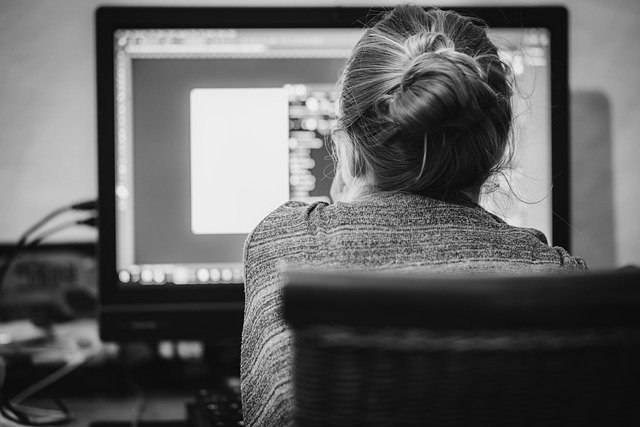
Visual communication is a powerful tool in the world of packaging and graphic design, where images, colors, and typography can convey messages, evoke emotions, and differentiate products on crowded shelves. A well-designed package acts as a visual story, instantly attracting attention and providing valuable information to consumers. Skilled graphic designers understand that a simple change in layout or color scheme can transform a product’s perceived value and brand identity.
Effective visual communication goes beyond aesthetics; it involves creating clear, concise, and culturally relevant graphics. By understanding consumer psychology and leveraging design principles, professionals in the field can ensure their packaging designs not only grab attention but also guide users, communicate sustainability efforts, or highlight unique selling points, ultimately influencing purchasing decisions.
The Role of Color Theory in Packaging Design

In packaging design, color theory plays a pivotal role in capturing consumers’ attention and conveying brand identity. The choice of colors can evoke emotions, create visual hierarchy, and enhance overall aesthetic appeal. Understanding color harmony, contrast, and psychological associations is essential for graphic designers to create effective packaging. For instance, warm hues like red and yellow can stimulate appetite and convey energy, making them ideal for food products. Conversely, cool colors such as blue and green often evoke calmness and freshness, suitable for beverages or personal care items.
Graphic designers must consider color theory not only for visual impact but also to ensure brand consistency across various packaging formats. Color palettes should align with the brand’s values and target audience preferences. By leveraging color theory, designers can transform simple packaging into captivating visuals that resonate with consumers, fostering brand recognition and driving sales—a crucial aspect of modern Graphic Design.
Typography: Choosing the Right Fonts for Impact

In the realm of graphic design, typography plays a pivotal role in capturing attention and conveying messages effectively. Among various tools at their disposal, designers must master the art of choosing fonts that resonate with the target audience. Each font has its unique character, and selecting the right one can make or break a packaging design. For instance, bold, sans-serif fonts exude modernity and simplicity, making them ideal for showcasing tech products. On the other hand, classic serif fonts evoke a sense of tradition and elegance, suitable for luxury brands.
The impact of typography extends beyond aesthetics; it guides user experience and brand identity. Designers must consider readability, ensuring that text is easily scannable and legible. Incorporating well-spaced letters, appropriate line heights, and balanced weights can enhance readability significantly. Furthermore, pairing complementary fonts in a design creates visual harmony while highlighting specific elements, thus reinforcing the overall Graphic Design narrative and making packaging stand out on retail shelves.
Creating Compelling Layouts and Composition
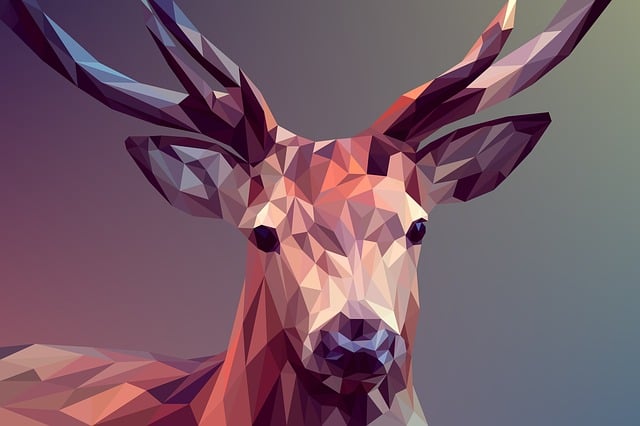
Creating compelling layouts and compositions is a cornerstone of effective graphic design. It involves meticulously arranging text, images, and other visual elements to guide the viewer’s eye, convey information clearly, and evoke the desired emotional response. Skilled designers understand the principles of balance, contrast, alignment, and repetition, using them to create harmonious and engaging designs that capture attention and leave a lasting impression.
In the realm of packaging graphic design, these concepts take on added importance. A well-designed package not only protects its contents but also serves as a powerful marketing tool. Compelling layouts highlight product features, communicate brand values, and differentiate products from competitors on crowded shelves. By combining strategic typography, captivating imagery, and clever use of color, designers craft packages that resonate with consumers, driving sales and fostering brand loyalty in today’s competitive marketplace.
Integrating Branding Elements Effectively
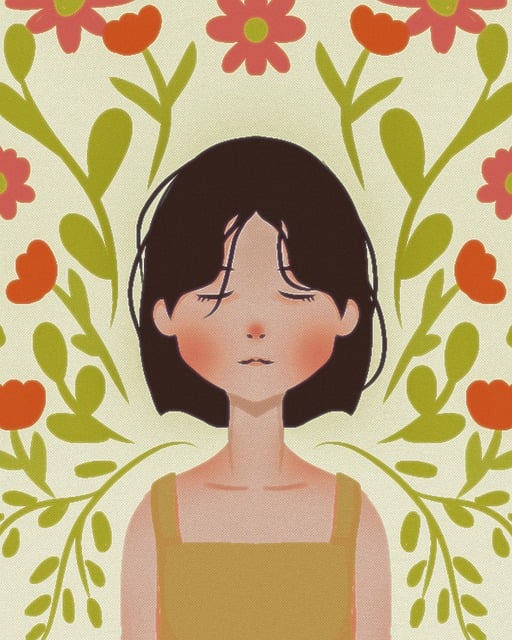
In graphic design, effectively integrating branding elements is an art that transforms a simple package into a powerful marketing tool. It involves seamlessly blending company logos, color palettes, typography, and other brand assets to create a cohesive visual identity. A well-designed packaging layout ensures these elements are not just present but actively draw the consumer’s attention, fostering instant brand recognition. This strategy is crucial in today’s competitive market where products often compete for shelf space; a distinct and appealing brand image can set a product apart, making it more memorable and desirable.
Graphic designers must consider the packaging as an extension of the brand, reflecting its values and personality. By aligning design choices with the brand’s mission and target audience, every detail, from the shape of the container to the choice of fonts, contributes to a unique brand experience. This consistency across various touchpoints reinforces the brand’s message, builds trust with customers, and encourages repeat purchases, ultimately driving brand loyalty and success in an increasingly crowded market.
Sustainable Packaging Practices and Design Innovations
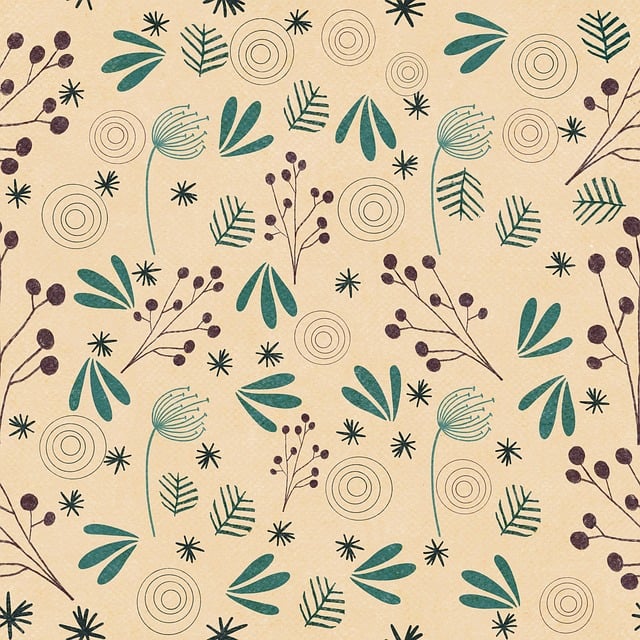
In recent years, sustainable packaging practices have become a cornerstone in the world of graphic design. Designers and brands are increasingly embracing eco-friendly materials and minimalism to create visually appealing packages that also serve environmental purposes. This shift towards sustainability is not just a trend but a necessary evolution, driven by consumer demand and regulatory pressures. Innovative designs now incorporate biodegradable elements, reusable components, and reduced material usage, thereby minimizing the carbon footprint of products from the moment they leave the factory floor.
Graphic Design plays a pivotal role in this transformation, as it bridges the gap between aesthetics and functionality. Designers are leveraging their creativity to develop packaging that not only reduces waste but also communicates a brand’s commitment to sustainability effectively. From plant-based plastics to refillable systems and clever folding techniques, these design innovations promise a future where products can be packaged beautifully while preserving our planet for generations to come.
